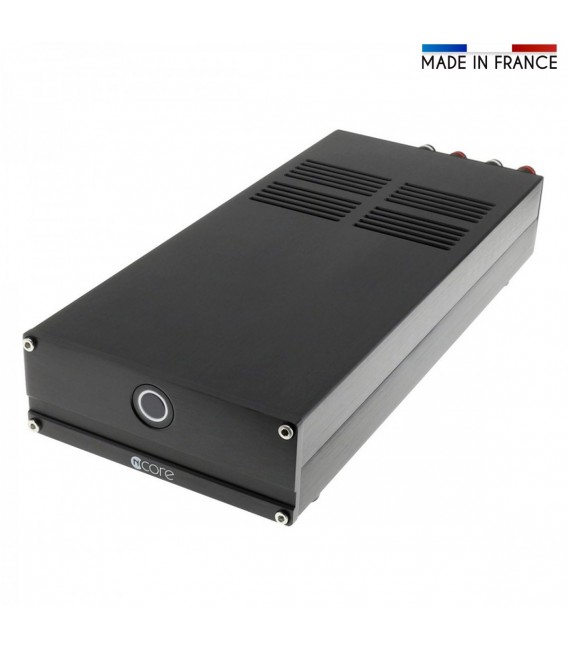My PA5 just came in. Out of the box sounds pretty good.
Spatial Audio X5 speaker
Matrix Audio Element X - Tidal Streaming
Topping PA5
Nothing fancy cables...
Can you try with orchestral recordings? please.
And "Hotel California"
Eagles - Hotel California (1976) Vinyl, Asylum Records, Original US
Analyzed: Eagles / Hotel California {US}
--------------------------------------------------------------------------------
DR Peak RMS Duration Track
--------------------------------------------------------------------------------
DR15 -1.23 dB -18.96 dB 6:30 01-A1 Hotel California
DR13 -1.53 dB -18.50 dB 5:05 02-A2 New Kid In Town
DR15 -0.01 dB -17.36 dB 4:46 03-A3 Life In The Fast Lane
DR13 -2.38 dB -20.72 dB 4:57 04-A4 Wasted Time
DR11 -6.44 dB -22.97 dB 1:24 05-B1 Wasted Time (Reprise)
DR14 -1.16 dB -17.66 dB 4:10 06-B2 Victim Of Love
DR16 -1.85 dB -21.91 dB 3:58 07-B3 Pretty Maids All In A Row
DR14 -0.47 dB -17.22 dB 5:11 08-B4 Try And Love Again
DR13 -1.12 dB -18.71 dB 7:22 09-B5 The Last Resort
--------------------------------------------------------------------------------
Number of tracks: 9
Official DR value:
DR14
